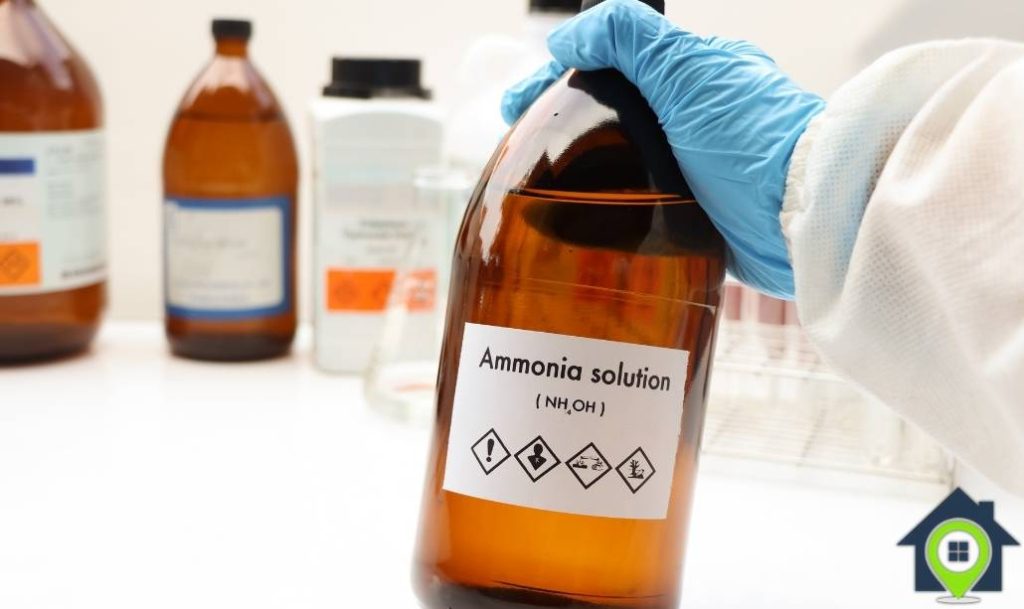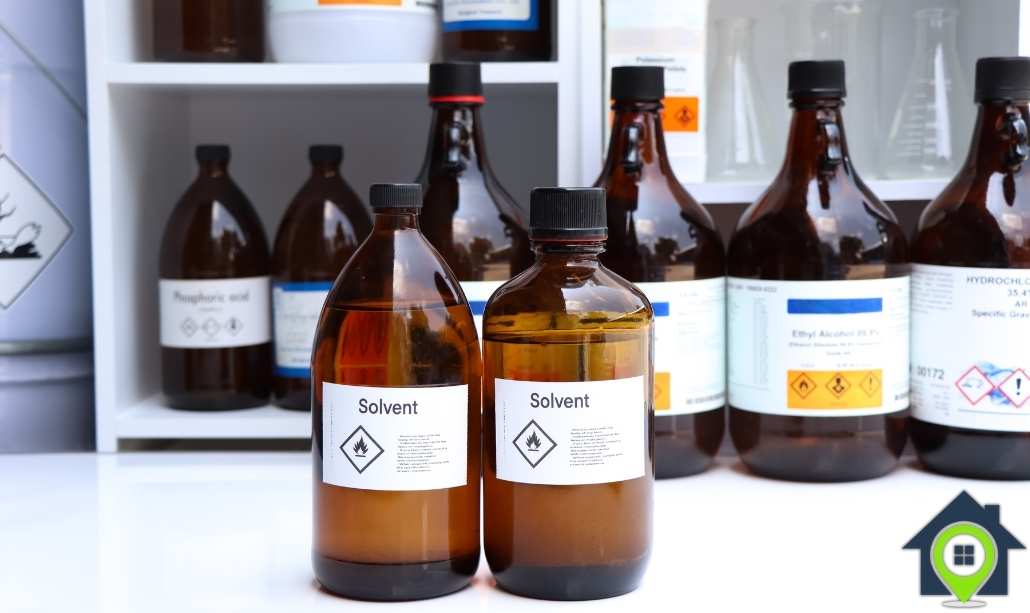Swans are majestic creatures often admired for their beauty and grace. However, when they decide to make your property their home, they can become quite a nuisance. Swans can damage vegetation, leave droppings, and even display aggressive behavior. If you are looking for ways to deter swans from your property effectively, using chemical repellents is one viable strategy. This article explores the various chemical options available and how to apply them safely to keep swans at bay.
Understanding Swan Behavior
To effectively deter swans, it’s important to understand their behavior. Swans are territorial birds that return to the same spot yearly if they find it conducive to living and breeding. They are attracted to areas with abundant food sources and safe nesting sites. By making your property less attractive to swans, you can discourage their presence.
Chemical Repellents for Swans
Methyl Anthranilate Spray: Methyl anthranilate, a grape extract, has proven effective in repelling birds. It affects the trigeminal nerve of birds, causing discomfort without harming them. When sprayed over the water and surrounding vegetation, it creates an unpleasant environment for swans.
Anthraquinone-Based Products: Anthraquinone works as a repellent by causing a mild, temporary digestive irritation when the bird eats vegetation treated with it. This compound is found in products like Flight Control® Plus, which can be applied to grass areas where swans feed. It’s important to reapply after heavy rains or new growth.
Capsaicin Sprays: Capsaicin, the active component in chili peppers, can also deter swans when used in sprays. It irritates the swans when they come into contact with the sprayed surfaces, discouraging them from staying. Regular application is necessary to maintain its effectiveness.
Implementing Chemical Repellents
- Choose the Right Time: Timing is crucial when applying chemical repellents. Early spring, before the swan breeding season begins, is ideal. This prevents swans from nesting and becoming more challenging to remove once settled.
- Application Methods: Follow the manufacturer’s instructions for application. Generally, repellents are applied using a sprayer. Cover all potential feeding and nesting areas thoroughly.
- Safety Precautions: Use protective gear when handling chemicals. Ensure that the repellent is environmentally safe and approved for use in your area to avoid harming other wildlife.

Non-Chemical Alternatives
While chemicals can be effective, they might not be suitable for every property, especially those close to water bodies with strict environmental regulations. Here are some non-chemical methods:
- Physical Barriers: Fences or hedges can physically block swans from entering your property.
- Visual Deterrents: Reflective tape, balloons, or decoys can scare swans away.
- Habitat Modification: Reducing food availability by managing vegetation or using swan-proof plants can make your property less attractive.
Legal Considerations
Before implementing any swan deterrence methods, especially chemical ones, check local wildlife protection laws. Swans are protected under various international treaties and national laws, which might restrict certain control measures.
Conclusion
Keeping swans off your property using chemicals requires careful consideration and responsible handling. By choosing the appropriate chemical repellent and applying it effectively, you can reduce the nuisance caused by swans without harming them. Remember to explore non-chemical alternatives and adhere to local wildlife laws to ensure a humane approach to wildlife management.







Join The Discussion